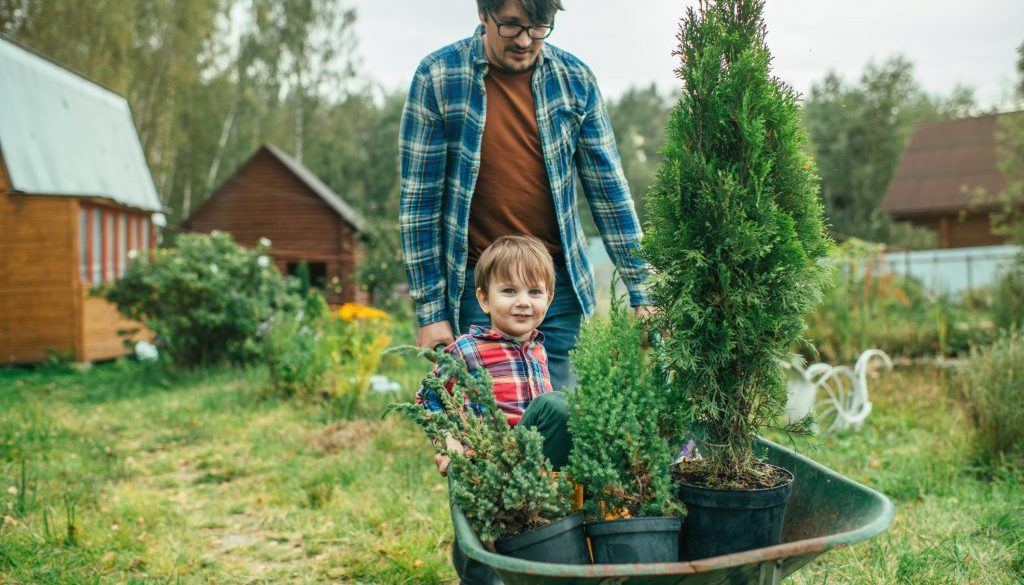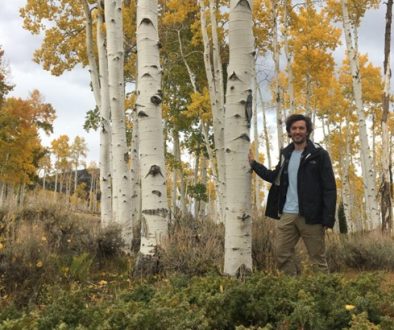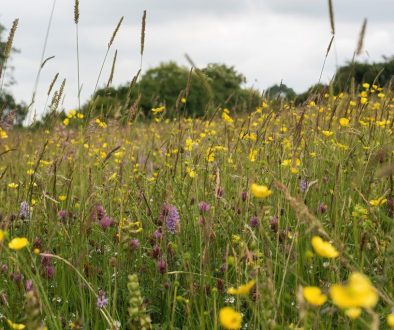How you can help the environment at home
Supporting the environment starts right at home. Here are some practical steps you can take to make a positive impact.
In Your Home and Garden
-
Composting and Leaf Piles: Start a compost heap or keep a leaf pile in your garden. This not only reduces waste but also enriches your soil, promoting healthier plant growth.
-
Wildlife-Friendly Fences: Ensure your garden fences have gaps to allow hedgehogs and other small animals to move freely. This simple step can significantly enhance local wildlife connectivity.
-
DIY Wildlife Shelters: Build a hedgehog house, insect hotel, bird box, or bat box using scrap materials. These shelters provide essential habitats for various species. The Wildlife Trust offers a comprehensive list of actions you can take to support wildlife here.
-
Planting for Pollinators: Plant flowers and shrubs that attract pollinators like bees and butterflies. This boosts insect populations, which in turn supports other wildlife. Participate in initiatives like “No Mow May” and leave wild patches in your garden through the winter. For a list of suitable garden plants, check out this shortened link.
When Out and About
-
Check, Clean, Dry: When near water bodies, ensure you check, clean, and dry your boots, equipment, and your dog’s coat to prevent the spread of crayfish plague and other diseases. Learn more about the “Check Clean Dry” campaign here.
-
Dog Walking Etiquette: Keep your dog on a lead between April and July to minimize disturbance to birds during their breeding season.
-
Follow the Countryside Code: Respect local wildlife and habitats by following the countryside code. This includes staying on marked paths, taking litter home, and not disturbing wildlife.
Everywhere
-
Report Wildlife Sightings: Use platforms like iRecord or iNaturalist to report your wildlife sightings. This data helps scientists track species distribution and health.
-
Join Conservation Groups: Get involved with local conservation efforts. Join initiatives like “Toads on Roads” through Froglife or volunteer with local groups such as the Shropshire and Staffordshire Amphibian and Reptile Group, Staffordshire Bat Group, or Staffordshire Mammal Group.
-
Log Bird Sightings: Use the BirdTrack App to log your bird sightings. This helps organizations like the BTO and RSPB monitor bird populations and migration patterns.
By taking these steps, you can make a significant difference in supporting the environment right from your home. Every small action contributes to a larger impact, helping to preserve our planet for future generations.




